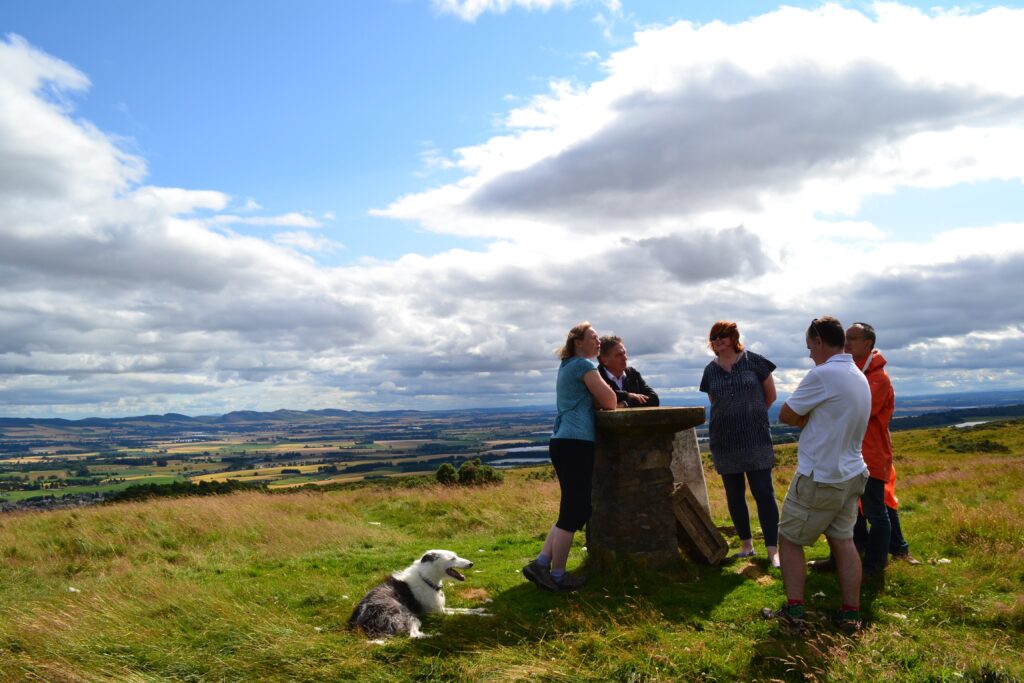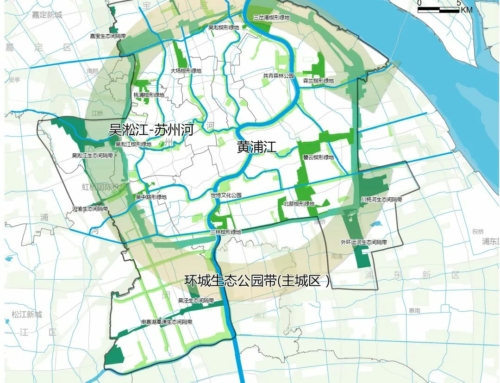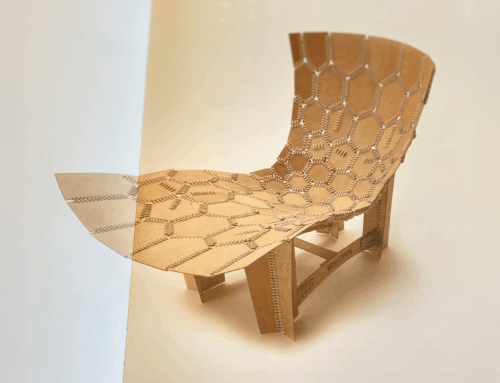Clare Cooper interview with John Thackara, 08 August 2014
John, why do you think so much attention is being paid to the ideas around the notion of ’the commons’ right now?
The commons is an idea, and a practice, that generates meaning and hope. Millions of people are busy in projects to meet practical needs in these precarious times – but a lot of this work feels fragmented. We’ve been lacking an umbrella concept, a coordinating idea, to make sense o the work we do as individuals in the swarm. The Commons is that umbrella idea. Commoning gives shared meaning to the emerging ‘leave things better’ politics that otherwise lacks a name. It’s the opposite of the drive to turn everything into money,
Do you have your own favourite definition of ‘common wealth’?
I’m nervous of definitions; they cause endless disputes and also tend to freeze an idea in time. But I like the way Silke Helfrich talks about the commons as “all the things that we inherit from past generations that enable our livelihoods’. Seen through that lens, the commons can include land, watersheds, biodiversity, common knowledge, software, skills, or public buildings and spaces.
The important thing is that the commons are a form of wealth that a community looks after, through the generations. The idea embodies a commitment to ‘leave things better’ rather than extract value from them as quickly as possible. They are the opposite of the impulse to monetise everything. And because the commons, as an idea, affirms our codependency with living systems and the biosphere, it also represents the new politics we’ve all been looking for to replace the industrial growth economy we have now.
None of this is new, by the way. The commons goes back an awfully long way. It describes the way communities managed shared land in Medieval Europe. Even earlier history, too, is filled with examples of communities managing common resources sustainably. Examples of water being shared as a commons date back 8,000 years.
When you spoke in Scotland last year (2013) you said that you believed that the arts had a transformative role, especially now, given the enormous challenges we face around climate change, resource scarcity and social injustice – can you expand a bit on that belief?
Twenty years ago, Susan Sontag posed a tricky question: “Why is it that, even when we are exposed to shocking stories and images, nothing seems to change?” Sontag was writing about war photography, but her words apply equally to environmental communications. We’ve been exposed, for 40 years, to a stream of shocking maps, images, and visualizations – ‘doomer porn’, as some call it. But passively watching this gloomy news has produced more guilt and denial than transformational change.
What we need are positive triggers that reawaken a joyful sense of being at home in the natural world. This is where art and storytelling come in. They can tweak our interest, redirect our attention, and start conversations in ways that hectoring communications never do.
As you’ve reminded us, Clare, Marcel Poust memorably said “The real act of discovery consists not in finding new lands, but in seeing with new eyes”.
Do rural communities have a special role in helping all of us respond to these challenges?
Rural communities have an important role to play as hosts of new kinds of ‘active travel’ – from Wwoofing to Fibershedding – that involve an exchange of value, not just the purchase of a package. Making new connections between cities and their surrounding rural areas, and bringing in new internet platforms and Peer-To-Peer business models, combines tourism development with creative place making. New forms of guided tour and learning journeys are emerging that take people to novel destinations that are only now being described: watersheds, bioregions, ecomuseums, food routes, industrial heritage sites.
I’m not just talking about recuperative weekend trips to nature, here: People are looking for activities that contribute in a tangible way. This trend is enabled by new business models such as Peer-2-Peer travel and the sharing economy. Think AirBNB: it didn’t exist a few years ago but is now the world’s largest hotel.
Our Cateran’s Common Wealth project is just beginning. When you visited with us in July (2014) what struck you most about what you saw and experienced in relation to what we want to try and achieve?
Many of the ingredients are already present: Buildings, biodiversity, landscapes – and above all, passionate, knowledgeable and committed people. It’s a lot of fun here! The next phase is to explore ways to connect and leverage these individual assets in ways that help them do better. In this, we’re pushing on an open door: there’s a growing demand for forest awareness, ecological camping, biodiversity trails and suchlike. I’m super-confident the project can act as a catalyst that inspires residents and visitors alike to revalue our ‘common wealth’.
Are other communities around the world trying to do something similar to us?
I have collected dozens of examples! In Slovenia, I met some bee fanatics who’ve adapted their ancient tradition of Pilgrim Tours to create hiking routes that take people to centres of Slovene apiculture: mead breweries, gingerbread workshops, apitherapy clinics.
On the Andaman Islands, in Thailand, guests spend time replanting mangrove forests. http://www.andamandiscoveries.com
In Rajasthan, the Arna-Jharna Museum, founded by one of India’s leading folklorists and oral historians, celebrates the open spaces of the desert, including its flora and fauna, as part of a larger holistic exploration of the museum as a place of learning.
We’re planning to deepen our work with you in the near future, can you explain what you are going to try and help us do?
My main contribution is threefold. First, I’ll be a kind of talent-scout who turns up in town and celebrates the unique but neglected assets that are easy for local people to take for granted. To this end, I’ll be chivvying you to make short films and paper artefacts that enable others to learn about the potential of the area.
My second input will be to help you turn “would-be-nice” ideas into service prototypes that can be the basis of sustainable livelihoods in the longer term.
My third contribution will be to connect you with innovators in other places who will be keen to share knowledge and experiences.





